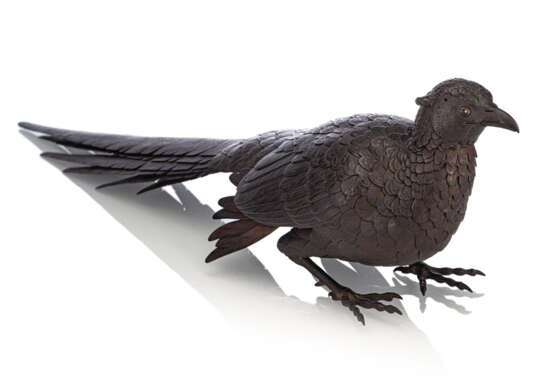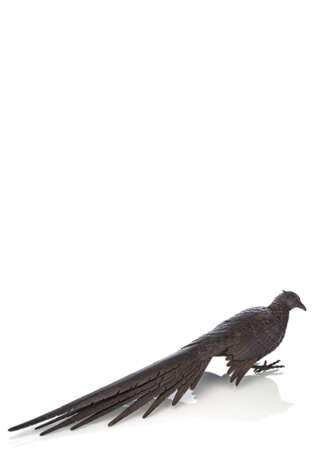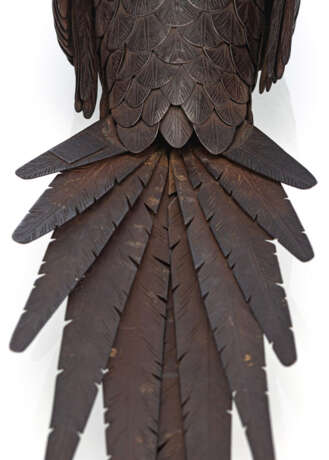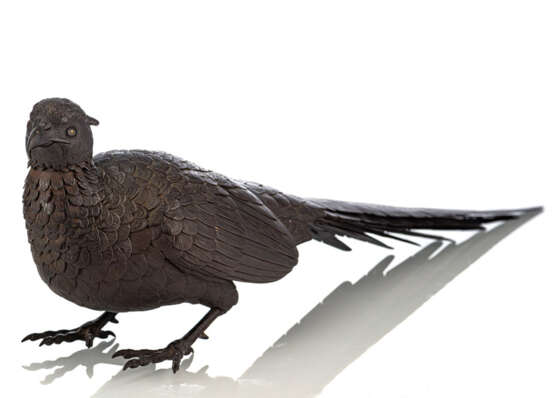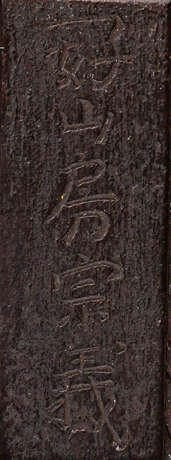ID 877084
Lot 1856 | Sehr großer beweglicher Goldfasan aus Eisen
Estimate value
€ 30 000 – 50 000
Japan, Kyoto, sign. Kôzanbô Muneyoshi 好山房宗義, Meiji-Zeit
L. 78 cm
| Auction house category: | Japanese art |
|---|
| Auction house category: | Japanese art |
|---|
| Address of auction |
Nagel Auktionen GmbH Neckarstrasse 189 - 191 70190 Stuttgart Germany | ||||||||||||||
|---|---|---|---|---|---|---|---|---|---|---|---|---|---|---|---|
| Preview |
| ||||||||||||||
| Phone | +49 (0)711 649 690 | ||||||||||||||
| Fax | +49 (0)711 649 69696 | ||||||||||||||
| Buyer Premium | 29,5% | ||||||||||||||
| Conditions of purchase | Conditions of purchase | ||||||||||||||
| Business hours | Business hours
|
